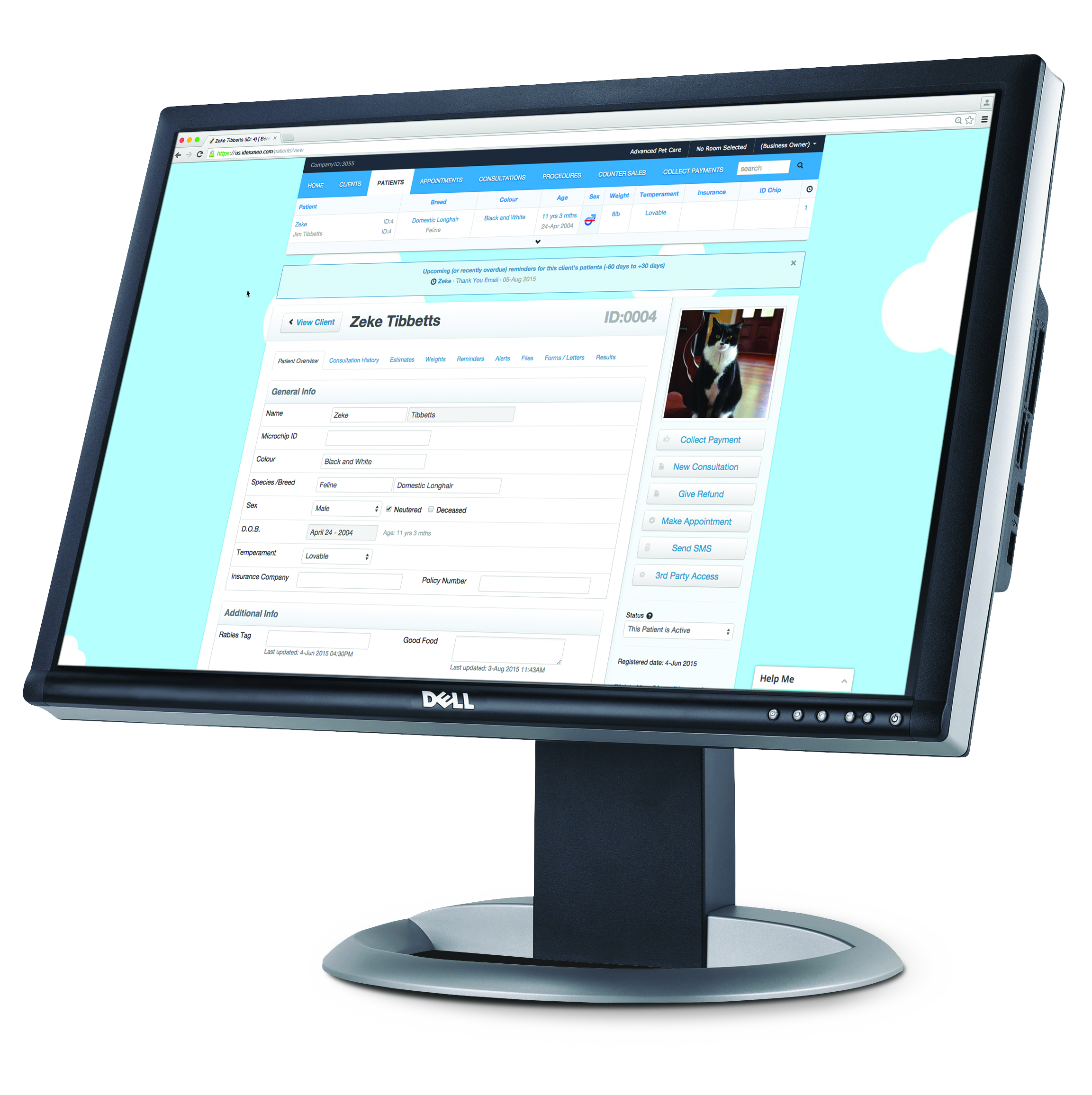Using Telemedicine to Boost Veterinary Team Efficiency

Specialty teleconsultation has long been available to veterinarians, but client telehealth access only recently emerged as a game-changer after rules and regulations were relaxed during the COVID-19 pandemic. Because laws surrounding the veterinary-client-patient relationship (VCPR) and telemedicine vary by state, some veterinarians may feel wary of the technology. However, for practices willing to navigate the laws, remote consultations can provide clients and pets convenient care access, and boost veterinary team efficiency.
Telemedicine’s many applications for boosting veterinary team efficiency in practice include offering solutions to reduce congestion, improving care access, enhancing care quality, streamlining processes, and optimizing team resources. Here, we explore a few of telemedicine’s benefits for your veterinary practice.
1. Reducing schedule congestion
One of the most easily appreciable telemedicine benefits is reducing in-person patient visits. The visit process, including check-in, rooming, physical exam, treatment, and check-out, takes time and physical space. If the reason for the visit could be handled remotely, you can open up time and space for pets who need more involved care. Case types amenable to telehealth consultation include follow-ups, nutrition and weight discussions, health education, dermatology, ophthalmology, minor illness, rehabilitation, palliative care, and behavior issues.
Telehealth consultations require only a few minutes of the veterinarian’s time and minimal support team involvement. This allows the practice to open time slots for sick patients and urgent cases while boosting veterinary team efficiency—and team members can go home on time.
2. Expanding care access
Telemedicine allows clients to access veterinary care from their homes, which expands care access for clients facing barriers, such as mobility issues, remote locations, lack of transportation, child-care duties, work, or busy schedules. The option for timely care without travel improves client satisfaction and keeps pets healthier. Also, pets who get needed care are less likely to experience urgent or emergent health concerns that disrupt the clinic schedule and overwhelm the team.
3. Streamlining clinic workflows
Telemedicine can help streamline workflow and improve veterinary team efficiency by reducing the time spent on routine cases and freeing support staff to focus on other critical tasks. Additionally, telemedicine has gained such a foothold that developers are taking notice and producing veterinary-specific platforms that meet practice and client needs. Many of these platforms boast integrated scheduling, online billing, and automated record-keeping, further simplifying administrative tasks.
4. Improving staff utilization
Telemedicine has made previously unheard-of remote work possible for veterinary professionals. Veterinary practices can optimize their staff by allowing veterinarians and technicians to work remotely during specified days or hours to handle telemedicine consultations and associated tasks, such as prescription authorizations or record-keeping. The team members assigned to the clinic can focus on seeing patients, while those at home can address the administrative burden.
Some hospitals have created entire positions for remote teletriage and other administrative tasks that cloud-based veterinary management software makes possible. The flexibility to work from home can improve team morale and reduce burnout, and lead to a more motivated and efficient veterinary team.
5. Expanding practice capabilities
Telemedicine includes client-facing services and vet-to-vet consultations to help with complex or challenging cases. Most veterinary professionals are familiar with teleradiology for X-ray interpretation, but many other specialists also offer remote availability. A specialist consultation early in a case can streamline diagnostics and treatment by providing clear direction, helping to eliminate repeat tests and visits that derail the clinic’s schedule and frustrate clients. With specialist input, the veterinary team can spend less time managing complex cases.
6. Offering cost-effective care
Telemedicine is a cost-effective solution for clients and practices. Virtual consultations typically cost less than in-person visits, making veterinary care more broadly accessible for clients. Telemedicine can also reduce the clinic's overhead costs, including expenses associated with additional staffing or extended hours to accommodate a higher patient load. Increased profitability combined with a high standard of care is a recipe for a positive clinic culture and an efficient, driven team.
Telemedicine is a powerful tool that can significantly enhance client satisfaction and veterinary team efficiency. As the veterinary field continues to evolve and to improve care delivery while using fewer human and material resources, embracing telemedicine will ensure long-term practice success.




